Studio Kodai and the Open Studio Movement
Just as in most major cities, securing adequate work space is an ever-present challenge for artists in Tokyo. Shared studios are increasingly common for this reason, with several to be found in the outskirts of the city. These studios themselves aren’t anything new, but in recent years it has become a trend for artists creating in these spaces to hold open studios for their collectors and acquaintances.
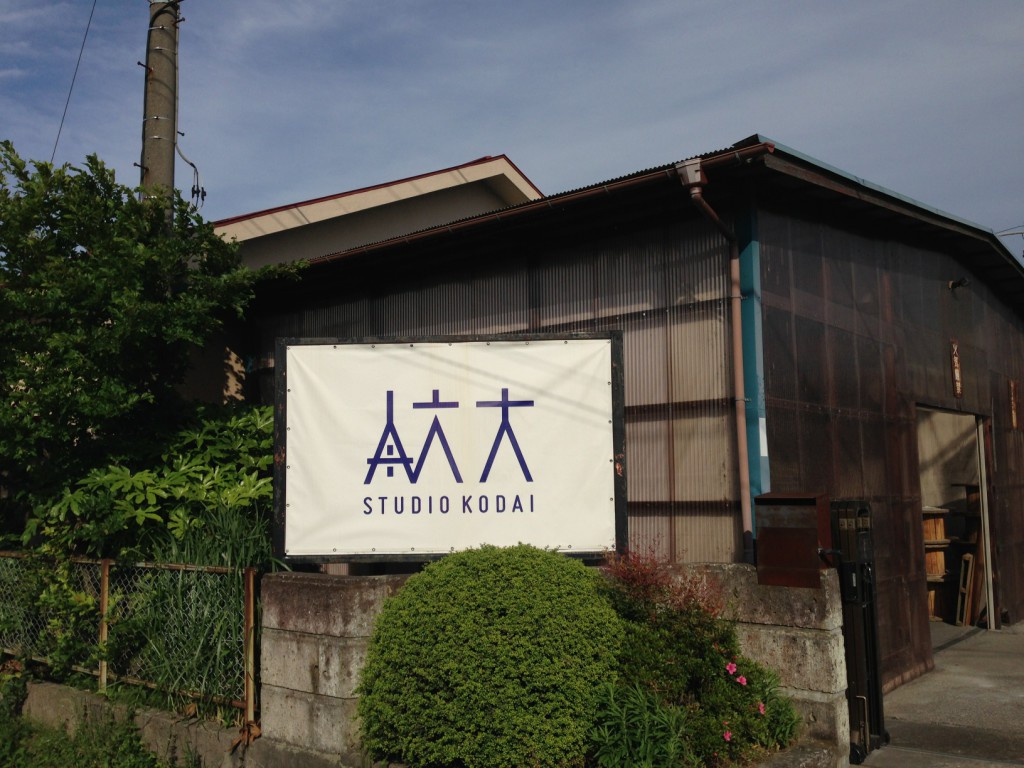
One such space is Studio Kodai in Toride, Ibaraki Prefecture, home to the Intermedia Art Department of Tokyo University of the Arts. Established by Yusuke Komuta, Yuki Shibata and Ippei Tanaka with a group of 15 other artists in November 2012, this 2,000 square-meter former cardboard factory now hosts 24 creators. The owner of the property, a man called Mr. Iwata, had been seeking fruitful ways to utilise the space and especially hoped it might contribute to cultural activities. He decided to rent it out to young artists after meeting Komuta, Shibata and Tanaka through the annual Toride Art Project. He named the studio after his grandson Kodai, now six years old.
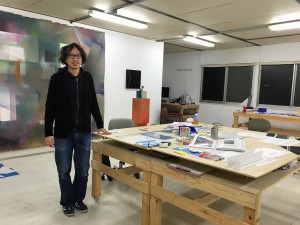
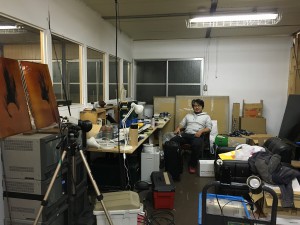
Studio Kodai holds open studios twice a year for invited guests (mostly friends and collectors of the artists). These occasions allow artists to present their works with a different approach than gallery or museums exhibitions, and also let artists thank their supporters while giving visitors a chance to enjoy a more relaxed atmosphere than at other art spaces.
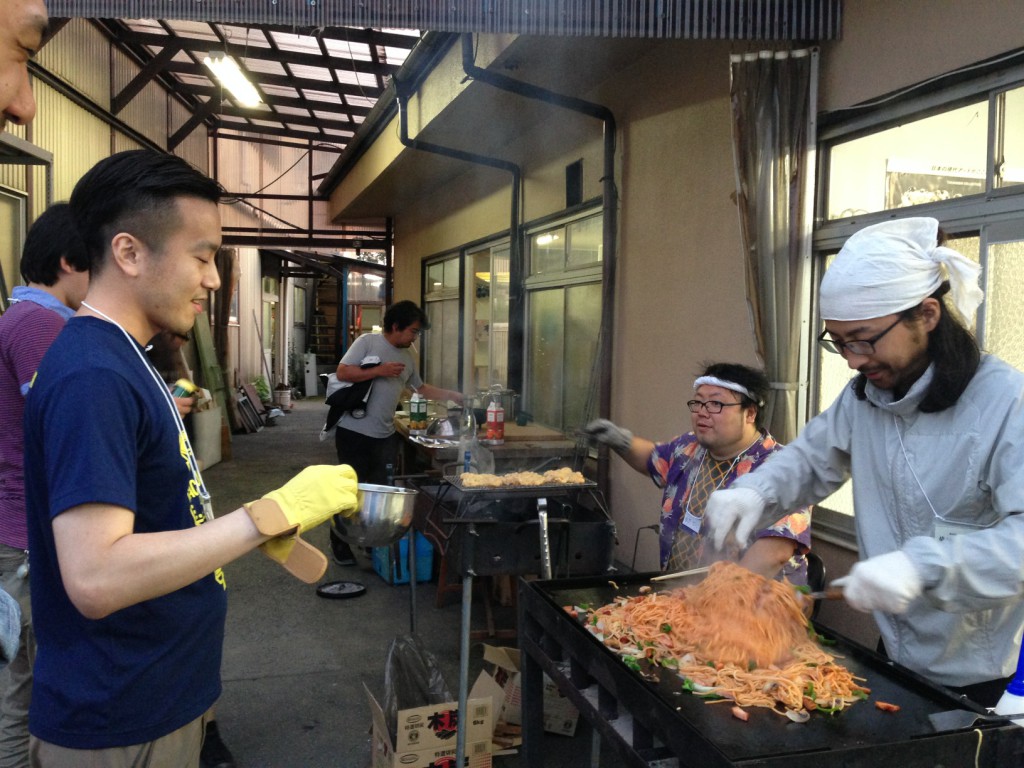
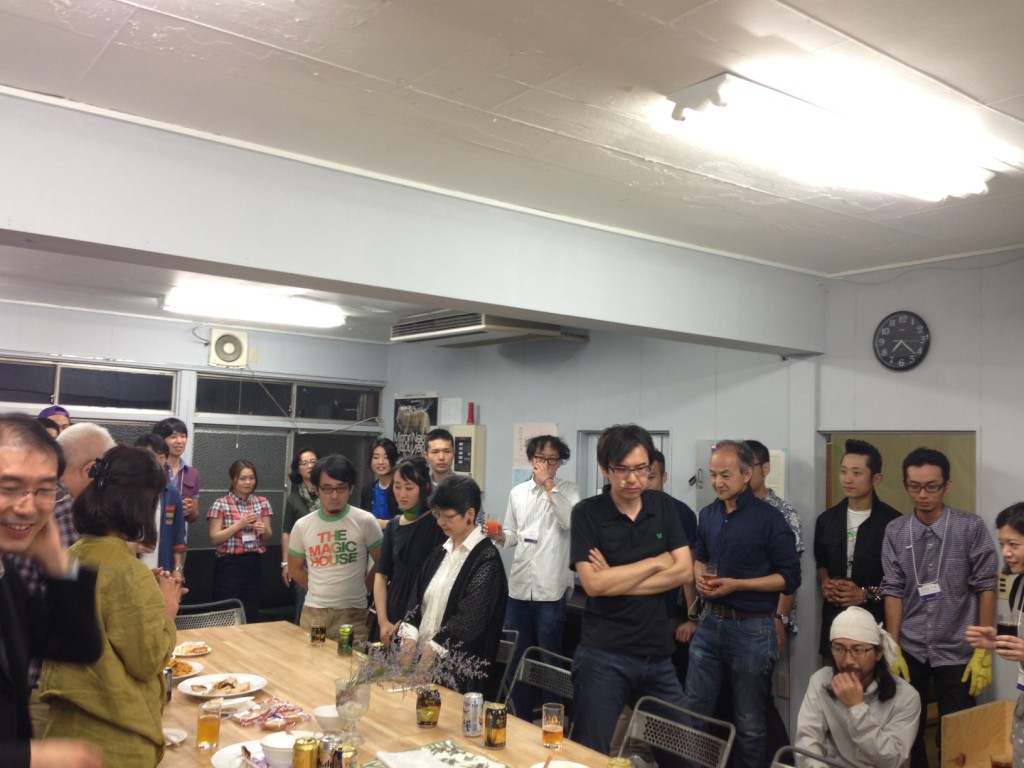
Each artist at Studio Kodai is allocated at least 40.5 square meters of space, and the rent is very reasonable. “Most art college graduates struggle financially and cannot continue their artistic careers because of a lack of money or place to create works. I wanted to help them continue their creative activities”, says Komuta. He himself was facing the same problem when he finished his master’s degree at Tokyo University of the Arts in 2009.
“It is crucial for graduates to concentrate for at least three to five years on establishing their artistic careers, and an affordable studio is key.” This is not a place for all artists to take long term root in, however. “I want young artists to spend a few years and then leave the nest after getting results”, Komuta emphasises.
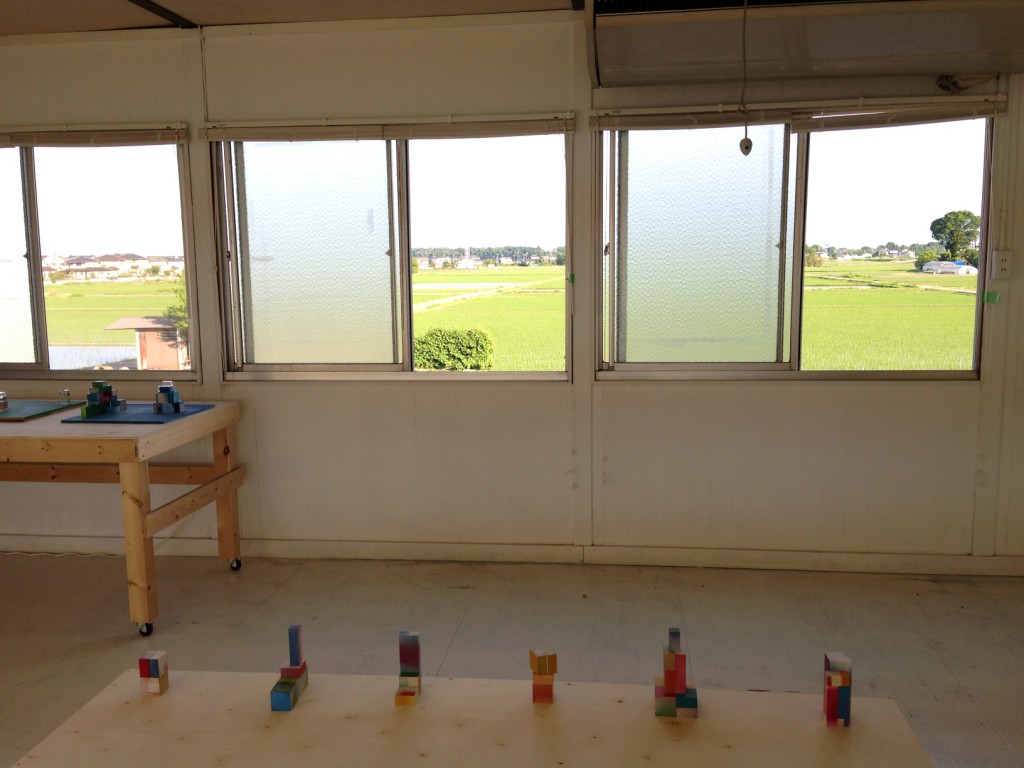
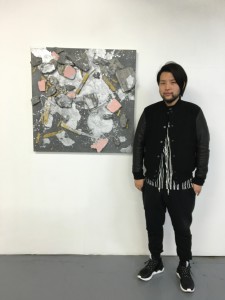
When asked about any disadvantages or demerits to a shared studio, all the artists answered, “Nothing”. “Perhaps goofing off is a problem because it is so much fun to talk with the others”, one person stated.
All Studio Kodai participants come by invitation of previous artists, ensuring quality membership and good relationships that facilitate a warm, family-like atmosphere. The studio takes cues from the Chinati Foundation, a contemporary art museum dedicated to preserving and exhibiting large installations by a limited number of artists, while emphasizing the inextricable link between art and the surrounding landscape. “I believe that environment can affect and develop your creativity”, remarks Komuta.
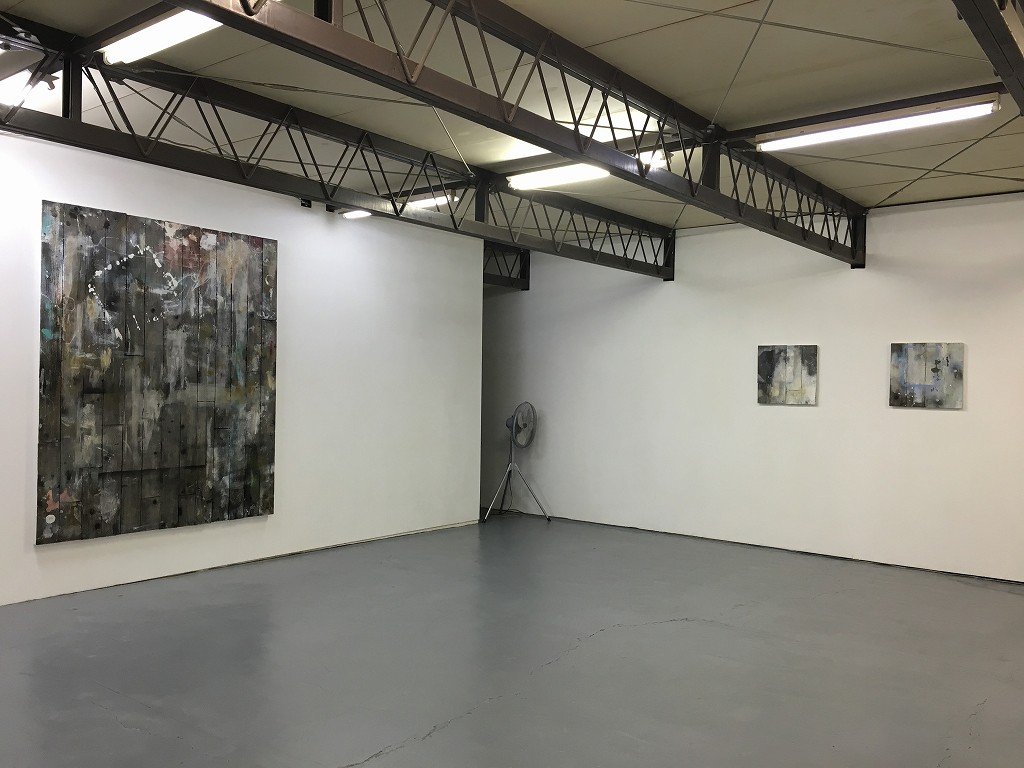
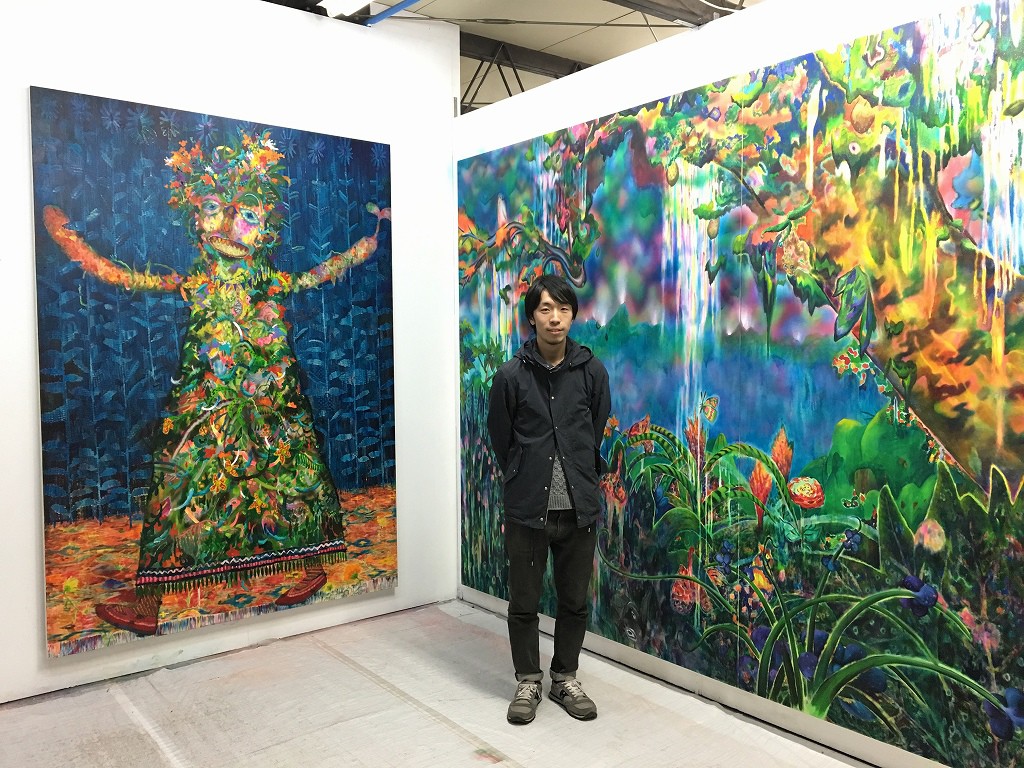
“Some people say there is no cultural scene in Toride, but the living environment here is great. There is plenty of space and nature, and prices are low. Many artists live nearby and come by car. Living standards are very good here. If you are the kind of artist who needs to be surrounded by city noise, then you should choose a space in the centre of Tokyo. Here, you can take advantage of a pleasant environment and still access the central culture scene easily if you want to.” Toride can be reached on the Chiyoda subway line or JR Joban line, less than an hour from central Tokyo.
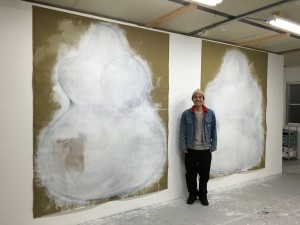
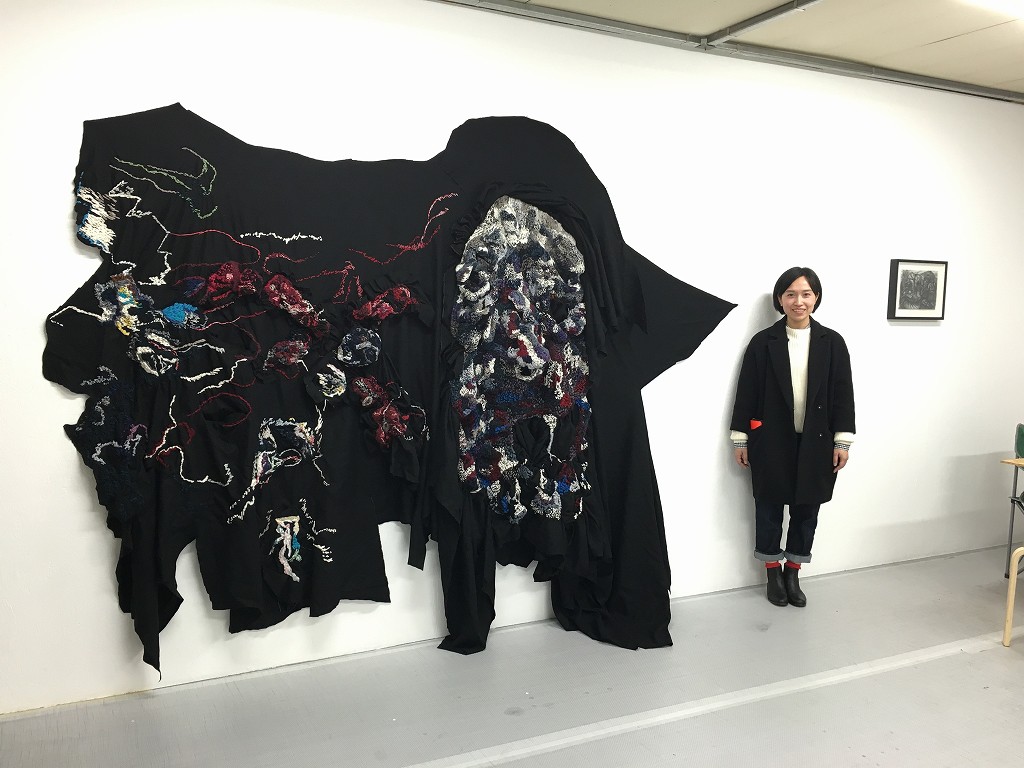
It is said that the art market in Japan is so small that it is very difficult for artists here to survive. If this is the case, should they have to give up on their creative careers? Studio Kodai may offer a solution. In addition to providing artists with decent workspace for a very reasonable price, it fosters meaningful dialogues between artists and viewers during its open days. One can witness the creative process in all of its various stages. Whether a collector or an art lover, this is a unique opportunity to discover new talent at its source. Personal relationships with the artists bring another layer of meaning for not only for the creators, but also for the collectors. Perhaps in this way the open studio experience can bring new art lovers and future gallery supporters to the market.
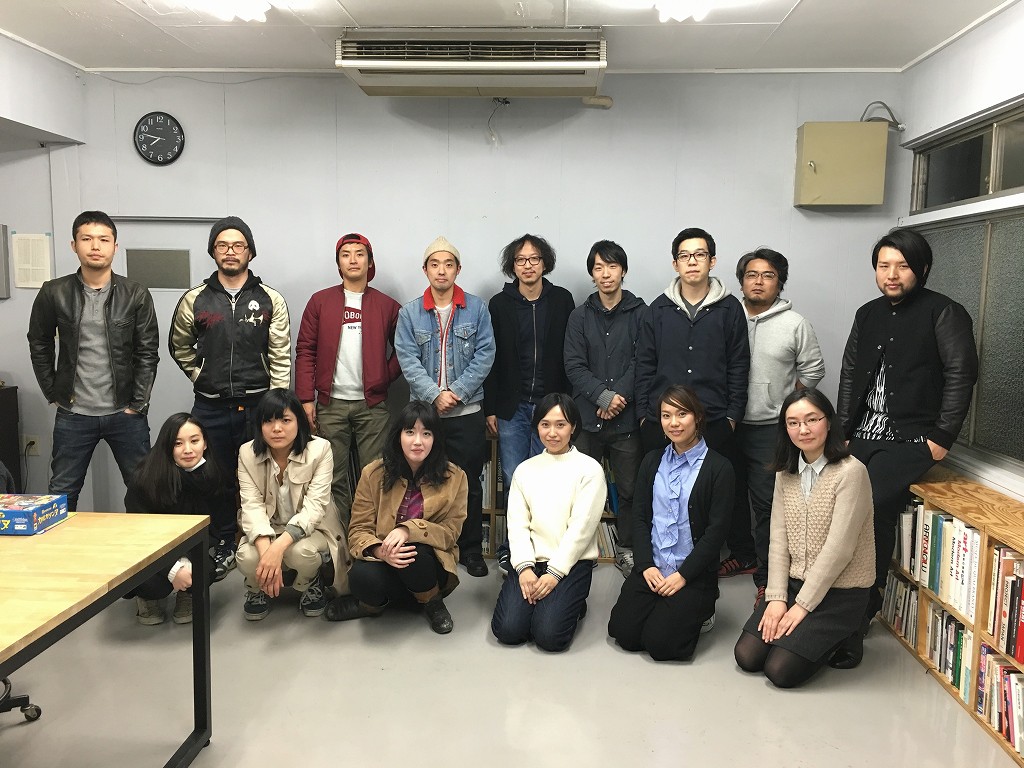
Although admission to Studio Kodai’s open studio days is limited, there are public sessions at other venues such as Super Open Studios, an organized network of studios in the Sagamihara area about an hour outside of Tokyo. Check out an open studio event near you for an intimate alternative to the gallery or museum experience.
Here are a few ongoing and upcoming exhibitions by Studio Kodai artists:
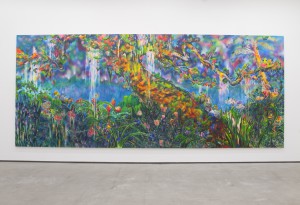
1) Kenichiro Fukumoto
TWS Emerging (Part 7) at Tokyo Wonder Site Shibuya
Dates: Dec. 9–Jan. 24
2) Keisuke Tada
“Somewhere New Place” at Shibuya Seibu
Dates: Jan. 19–Feb. 14
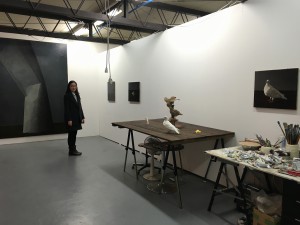
3) Nami Yokoyama
“The 19th Exhibition of the Taro Okamoto Award for Contemporary Art” at the Taro Okamoto Museum of Art, Kawasaki
Dates: Feb. 3–Apr. 10
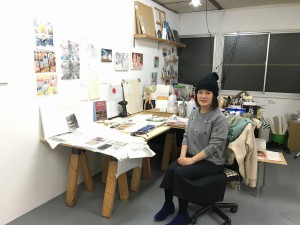
4) Maiko Kasai
VOCA 2016 (Japanese) at the Ueno Royal Museum
Mar. 12–Mar. 30
5) Yusuke Komuta
Genbi Shinkansen Project for the Joetsu Bullet Train (runs between Echigo-Yuzawa and Niigata).
Spring 2016



